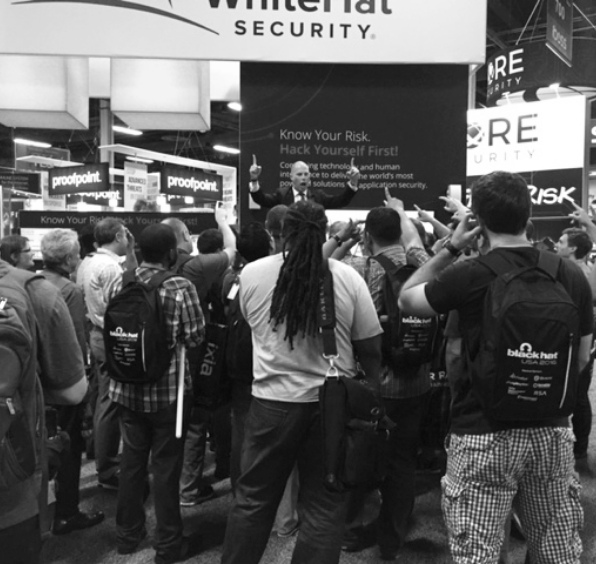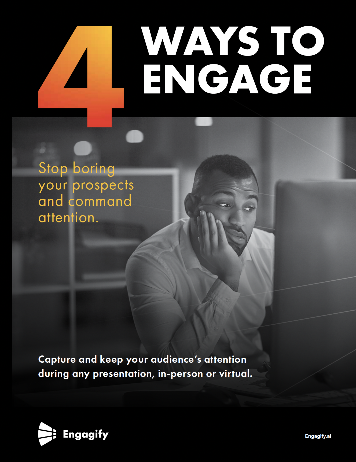Booth staff training usually focuses on one thing: the pitch. What to say, how to say it, and when to deliver it. But here’s the problem with that approach: not everyone who walks into your booth is ready to hear your story.
In fact, most aren’t.
If your team is hardwired to lead with messaging instead of reading the room, they’ll miss the cues that matter most. And in a face-to-face environment like a trade show, that’s a missed opportunity you can’t afford.
Trade Shows Are a Live Environment
Unlike email or ads, trade shows are dynamic. They’re full of micro-interactions and subtle shifts in energy. Attendees approach your booth in different moods, with different levels of interest, and often, with very little time.
When your staff delivers the same scripted pitch to everyone, it creates a disconnect. It feels robotic. Worse, it feels out of sync with what the attendee actually needs in that moment.
Great booth engagement is adaptive. It’s based on observing first, then responding.
What It Means to Read the Room
Reading the room doesn’t require a psychology degree. It’s about awareness.
Did the attendee make eye contact and step closer? Or are they hanging back with crossed arms? Are they asking questions—or just looking for a polite exit? These small cues help your team decide: Do I go deeper? Do I stay light? Or do I let this one go?
Teaching your team to spot those cues and adjust their approach turns them from pitch machines into true engagement pros.
It’s Also About Timing
Your message might be strong. But if you’re delivering it to someone who isn’t open to it yet, it won’t land. Timing is everything.
When your team is present, observant, and flexible, they create real-time rapport. And that’s what opens the door to meaningful conversations.
Want a deeper dive into mastering engagement? Preorder your copy of Engage First: Capture Attention, Build Trust, and Drive Real Results—available October 7th.




